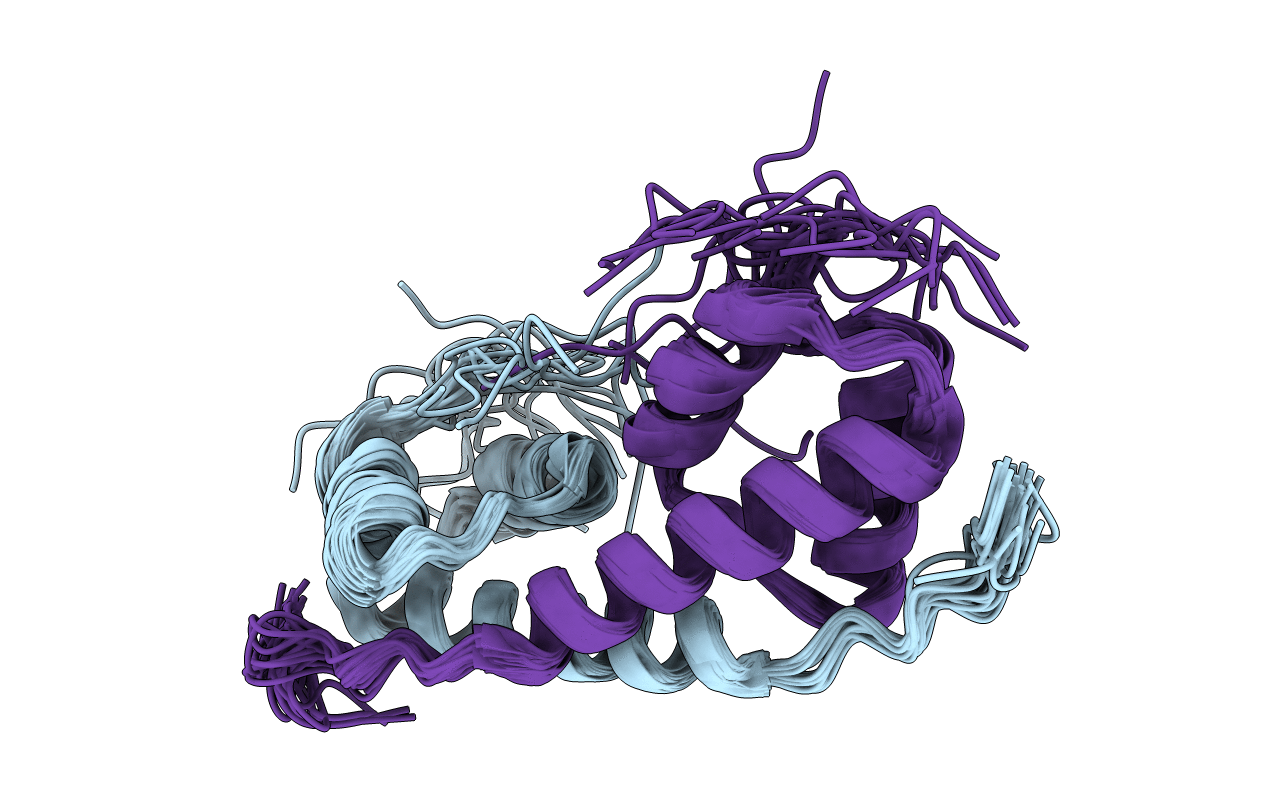
Deposition Date
2005-04-06
Release Date
2005-04-19
Last Version Date
2024-05-29
Entry Detail
PDB ID:
1ZAE
Keywords:
Title:
Solution structure of the functional domain of phi29 replication organizer p16.7c
Biological Source:
Source Organism:
Bacillus phage phi29 (Taxon ID: 10756)
Host Organism:
Method Details:
Experimental Method:
Conformers Calculated:
25
Conformers Submitted:
25
Selection Criteria:
all calculated structures submitted


